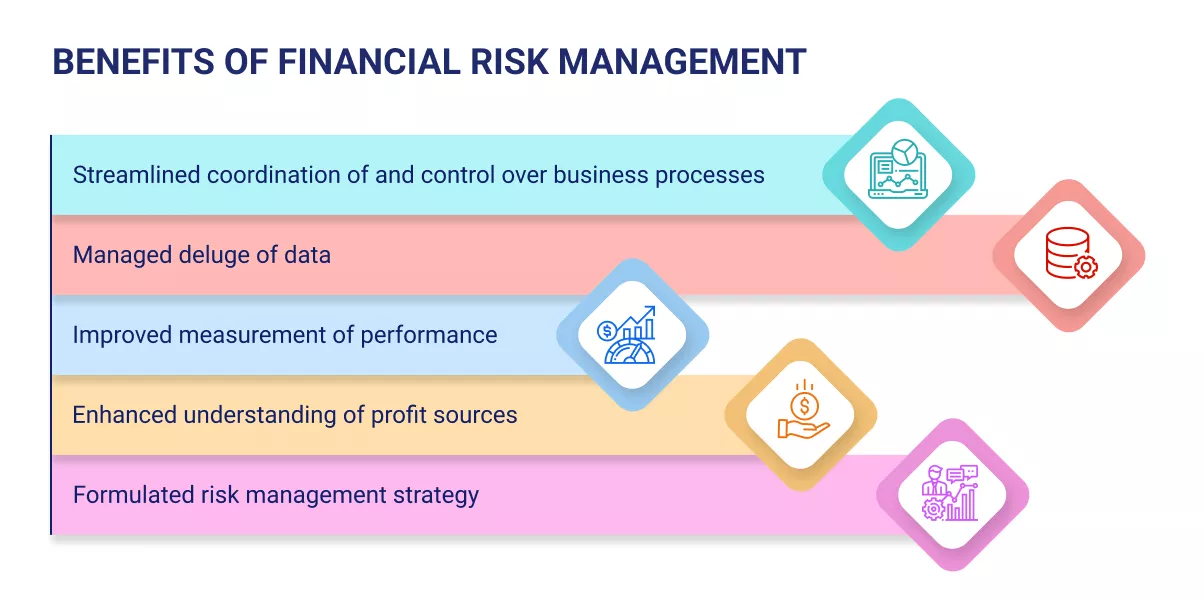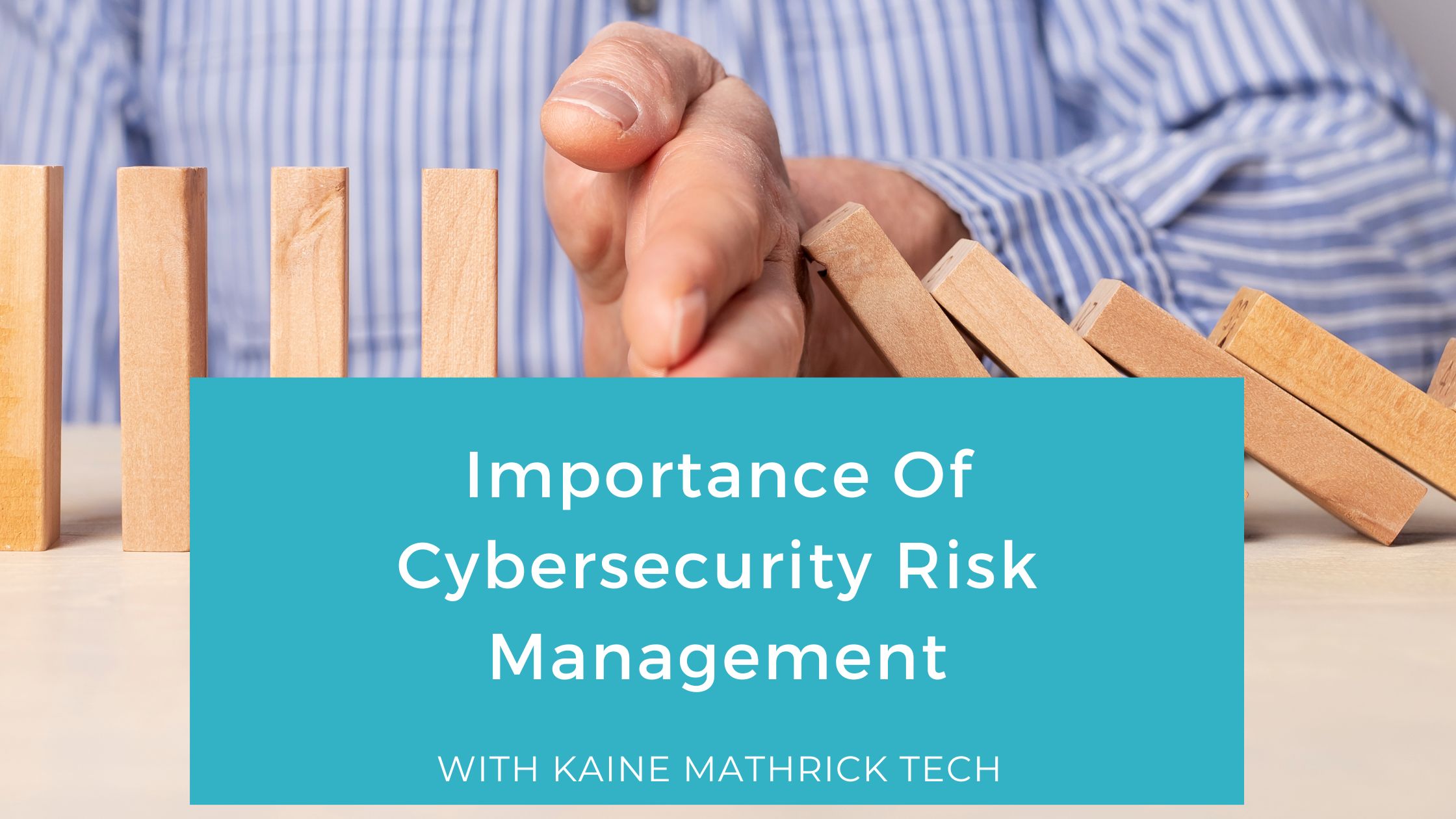The Undeniable Importance of Risk Management in Safeguarding Organizational Success
The Undeniable Importance of Risk Management in Safeguarding Organizational Success
Blog Article
Discovering the Value of Risk Management for Effective Decision-Making Strategies
In the complex world of business, Risk Management becomes an important aspect in the decision-making process. The capacity to identify possible threats and chances, and plan accordingly, can mean the difference in between success and failure. With devices such as SWOT and PESTEL, organizations are equipped to make enlightened options, promoting resilience and flexibility in an ever-changing atmosphere. Wondering exactly how this works? Let's unload the characteristics additionally.
Recognizing the Idea of Risk Management
Risk Management, a vital part in decision-making, is typically misconstrued or oversimplified. Risk Management includes structured and disciplined methods, utilizing data and informative analyses. From monetary uncertainties, lawful obligations, tactical Management mistakes, to mishaps and all-natural catastrophes, it deals with various risks - importance of risk management.
The Duty of Risk Management in Decision-Making Processes
In the realm of strategic planning and service procedures, Risk Management plays an essential function in decision-making procedures. It aids in determining possible threats and uncertainties that can affect the success of company purposes. By mapping these dangers, companies can formulate techniques to alleviate their effect, making sure business connection and security. Risk Management therefore comes to be a crucial device in decision-making, aiding leaders to make enlightened selections based on an extensive understanding of the dangers included. It motivates a positive technique, making it possible for companies to anticipate and prepare for possible future situations. This substantially lowers the chance of negative consequences, promoting more effective and efficient decision-making techniques. Risk Management offers as an important part in the decision-making processes of any kind of company.

How Risk Management Boosts Strategic Preparation
In the context of calculated preparation, Risk Management plays a pivotal duty. Starting with the recognition of potential risks, it additionally expands to the implementation of Risk mitigation measures. The function of Risk Management is dynamic however not static, as it requires continuous tracking and adjusting of approaches.
Determining Potential Dangers

Carrying Out Risk Mitigation
Having actually developed the relevance of identifying potential dangers, the following action is to explore Risk reduction. This process entails creating and carrying out methods to handle identified dangers efficiently. It is a critical facet of critical preparation as it improves decision-making by lessening prospective negative outcomes. Risk reduction methods can vary from Risk avoidance, Risk transfer, to take the chance of decrease. Each strategy must be customized to the certain Risk, considering its potential impact and the organization's Risk tolerance. In addition, effective Risk reduction needs a deep understanding of the Risk landscape and the prospective impact of each Risk. This understanding enables companies to focus on risks and allot resources properly, making certain that the most substantial threats are resolved first.
Tracking and Changing Methods
Though Risk reduction is an find more information important step in tactical planning, continuous surveillance and change of these methods is similarly crucial. This continuous process enables organizations to identify brand-new threats and reassess existing ones, making sure the implemented strategies stay efficient in the ever-changing company setting. It likewise offers an opportunity to assess the success of the Risk Management actions, permitting modifications to be made where required, additional enhancing critical planning. Efficient tracking and change require the use of analytics and crucial performance signs (KPIs) to gauge efficiency. These devices supply useful data-driven insights that can educate tactical decision-making. Therefore, tracking and changing Risk Management techniques is a crucial part for boosting an organization's durability and critical preparation.
Instance Studies: Effective Risk Management and Decision-Making
In the globe of business and financing, successful Risk Management and decision-making usually act as the pillars of thriving ventures. One such entity is a multinational oil business that mitigated economic loss by hedging versus varying oil rates. In one more instance, a technology start-up prospered by determining and approving high-risk, high-reward approaches in an unstable market. A global financial institution, encountered with governing unpredictabilities, successfully browsed the situation via aggressive Risk assessment and dynamic decision-making. These cases highlight the worth of astute Risk Management in decision-making procedures. It is not the absence of Risk, however the Management of it, that typically separates successful business from not successful ones. These instances emphasize the important role of Risk Management in strategic decision-making. importance of risk management.
Devices and Strategies for Effective Risk Management
These tools, such as Risk signs up and warmth maps, help in recognizing and analyzing possible threats. Risk action techniques, a vital part of Risk Management, involve approving, preventing, moving, or mitigating threats. With these tools and methods, decision-makers can browse the complex landscape of Risk Management, therefore helping with educated and reliable decision-making.
Future Fads in Risk Management and Decision-Making Techniques
As we next page explore the huge landscape of Risk Management, it comes to be noticeable that the devices and methods utilized today will proceed to advance. Future patterns point in the direction of a raised dependence on innovation, with expert system and artificial intelligence playing significant duties. These innovations will enable companies to forecast potential threats with better precision and make more informed choices. Furthermore, there will certainly be an expanding focus on durability, not just in taking care of dangers but also in recuperating from adverse scenarios. The idea of Risk society, where every member of a company is conscious and involved in Risk Management, will certainly acquire more prestige. These patterns herald an additional hints even more proactive and comprehensive approach towards Risk Management and decision-making.
Conclusion

Risk Management therefore ends up being a crucial device in decision-making, assisting leaders to make educated options based on a thorough understanding of the risks involved. Risk mitigation strategies can range from Risk evasion, Risk transfer, to run the risk of decrease (importance of risk management). Effective Risk reduction calls for a deep understanding of the Risk landscape and the prospective influence of each Risk. Risk action techniques, an essential element of Risk Management, include accepting, avoiding, transferring, or mitigating threats. The principle of Risk culture, where every participant of a company is mindful and included in Risk Management, will get much more importance
Report this page